
Rio Tinto's partner in Aussie copper project reports 'weak mineralization'
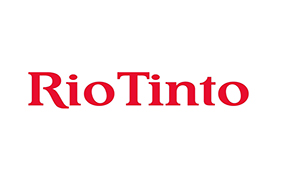
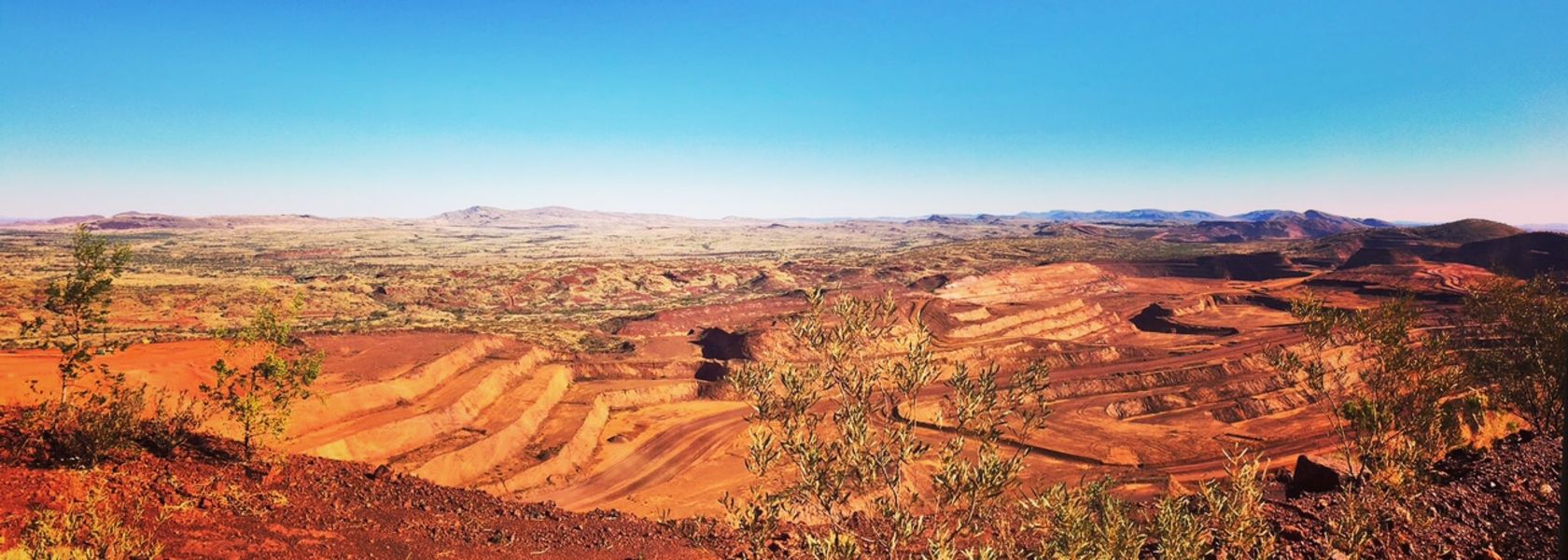
In an update Tuesday, the junior miner noted "weak mineralization" in the Folly target area that is part of the Citadel project, located in the Paterson province in a remote part of Western Australia’s Great Sandy Desert.
Antipa, which is also carrying out exploration activities on the North Telfer Project, located 40 km north of Newcrest’s world-class Telfer copper-gold-silver mine, noted that at this stage there was "no follow-up envisaged" for the Citadel project.
With partner Rio Tinto, Antipa sought to identify gold and copper mineralization at Citadel through the use of geophysical airborne electromagnetic (AEM) conductors. When kicking off the AEM survey in November, the companies both indicated they intended to follow up and test any targets they could identify in 2019.
Through an agreement inked in 2015, Rio has the right to earn up to 75% in Citadel after spending A$60 million (approximately $43m) in exploration over several years.
Citadel is not the only copper project Rio is looking at. The company has applied for nearly 30 exploration licences in the Paterson province, which is seen by many as a clear indicator of highly promising finds.
The Anglo-Australian group is also exploring Mongolia’s metals-rich Gobi desert, where it owns the vast Oyu Tolgoi copper-gold mine, scheduled to be operating by 2027.
Last year, Rio also applied for exploration permits in northern Chile’s Arica region. The firm already owns a minority stake in Escondida, the world’s largest copper mine, but the company doesn’t have its own operation in the country.
Copper rush
Rio is not the only miner on the quest for copper assets, a metal the industry sees as having one of the strongest outlooks. There are expectations that the electric-vehicle boom and demand for renewable energy will increase need for the metal.
The expected deficit will partly be a consequence of increasing demand for power generation (there are 300kg of copper in an electric bus and nine tonnes per windfarm megawatt).
But it’s also related to the fact that the current copper pipeline is at the lowest this century, both in terms of number and capacity.
“After delivery of Cobre Panama (with the main ramp early next year) we are left with a gap until we see the next batch of 200ktpa-plus projects in 2022-23,” Colin Hamilton, director of commodities research at BMO Capital Markets, said in April. “This is when the likes of Kamoa, Oyu Tolgoi Phase 2, and QB2 are likely to offer meaningful supply growth.”


Gold price eases after Trump downplays clash with Fed chair Powell

Copper price hits new record as tariff deadline looms

Brazil producers look to halt pig iron output as US tariff threat crimps demand

Three workers rescued after 60 hours trapped in Canada mine

Gold price could hit $4,000 by year-end, says Fidelity

Chile’s 2025 vote puts mining sector’s future on the line

US targets mine waste to boost local critical minerals supply

Energy Fuels surges to 3-year high as it begins heavy rare earth production

Glencore workers brace for layoffs on looming Mount Isa shutdown
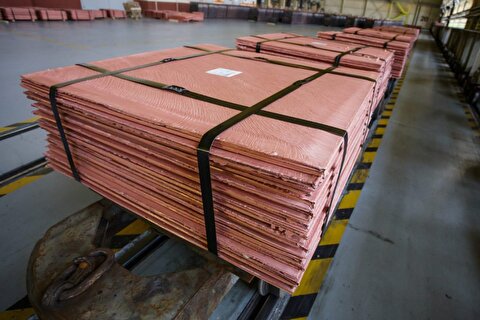
Trump tariff surprise triggers implosion of massive copper trade
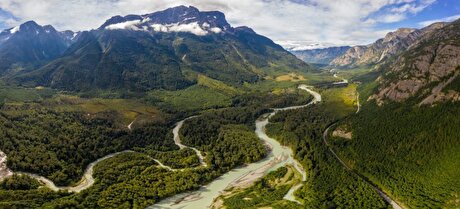
Maxus expands land holdings at Quarry antimony project in British Columbia
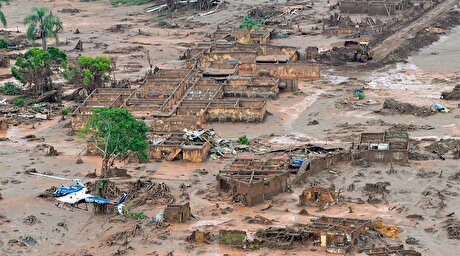
BHP, Vale accused of ‘cheating’ UK law firm out of $1.7 billion in fees
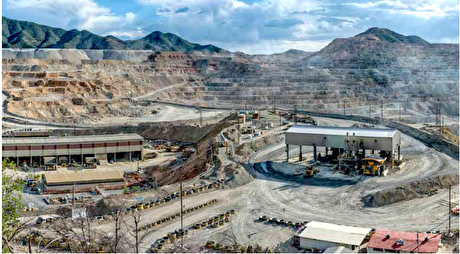
Southern Copper eyes $10.2B Mexico investment pending talks
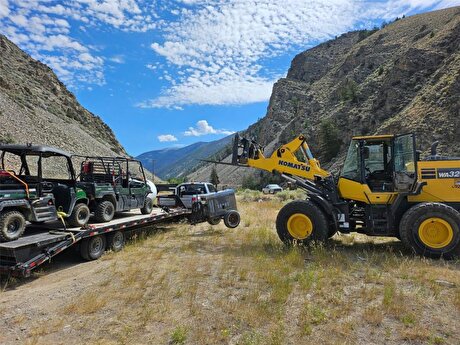
American Tungsten gets site remediation plan approved for Ima mine in Idaho

Kinross divests entire 12% stake in Yukon-focused White Gold

Gold price could hit $4,000 by year-end, says Fidelity

Southern Copper expects turmoil from US-China trade war to hit copper

Ramaco Resources secures five year permit for Brook rare earth mine in Wyoming

Column: EU’s pledge for $250 billion of US energy imports is delusional

Trump tariff surprise triggers implosion of massive copper trade

Maxus expands land holdings at Quarry antimony project in British Columbia

BHP, Vale accused of ‘cheating’ UK law firm out of $1.7 billion in fees

Southern Copper eyes $10.2B Mexico investment pending talks

American Tungsten gets site remediation plan approved for Ima mine in Idaho

Kinross divests entire 12% stake in Yukon-focused White Gold

Gold price could hit $4,000 by year-end, says Fidelity

Southern Copper expects turmoil from US-China trade war to hit copper

Ramaco Resources secures five year permit for Brook rare earth mine in Wyoming














